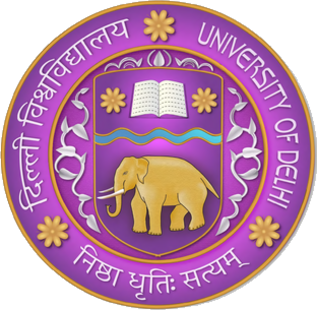Faculty
Rita Singh, Professor (Head of The Department)
Reproductive Biology Laboratory
Our current research focus is on the identification of disease susceptibility genes in granulosa cells of human PCOS patients with and without Insulin resistance”. We also look into the “signaling mechanism involved in the regulation of glucose metabaolism in granulosa cells by FSH and LH”. Another major area we focus on is “Proteomics of human Plasma from Lung, Breast and Ovarian cancer Patients for discovering Cancer Biomarkers.
Neeta Sehgal, Senior Professor

Fish Biology Laboratory
Our studies have established that estrogens regulate the synthesis of vitellogenin and choriogenin in the liver. We have (i) shown the expression of Vg (A and B) and ER (α and β) genes in response to estrogenic compounds, (ii) developed specific and highly sensitive ELISA for detection of vitellogenin and choriogenin in fish blood, and (iii) standardized techniques for isolation of viable hepatocytes, and used them in in-vitro investigation of metabolism and biosynthetic activities in liver cells. Our current focus is on the mechanism of egg hardening, that is essential for successful embryogenesis and hatching of viable young fishes.
Shibnath Mazumder, Professor

Immunobiology Laboratory
We are trying to understand the pathogenicity of A. hydrophila using both fish and mouse model. We have identified the role of virulence plasmid in the pathogenicity and suggested mechanisms by which the bacterium induces host cell apoptosis. We also work on the mechanisms of arsenic toxicity and are currently engaged in studying the signal transduction pathways induced by arsenic with aim of using this information to induce apoptosis of cancer cell, especially of chemo-resistant variety.
Anju Shrivastava, Professor

Cell Signaling and Molecular Immunology Laboratory
We have three major research interests. (i) To understand the biology of macrophages and dendritic cells (DCs) under stress conditions, and the regulatory mechanisms in signal transduction during interaction of macrophages/DC cells with other cells of the immune system. (ii) To assess the regulation of signaling mechanism involved in tumorigenesis and tumor progression. (iii) Nanomedicine: Developing nanoparticles as novel carrier and adjuvant for DNA Vaccine and for effective enzyme-prodrug therapy wherein the benign prodrug can be converted in functional drug at the targeted site.
Sharmila Basu Modak, Professor

Molecular Genetics Laboratory
My main research area is Molecular genetics of the heme degrading enzyme Heme oxygenase-1 (Hmox1). We are studying the role of this gene during development using the Hmox1 gene-targeted mouse model. We have characterized the phenotype of the mutation in the Hmox1-knockout mouse embryos and found a developmental delay in the kidneys. From the results obtained it appears the Hmox2, the constitutive isoform of Hmox, is not compensating for Hmox1 in the KO embryos. Our current research is directed towards deciphering the effects of Hmox1 deficiency on heme metabolism and iron transport.
Rajagopal Raman, Professor

Gut Biology Laboratory
We use insects as a model to understand the role of gut microbial community in their hosts. Using Helicoverpaarmigera and Bemisiatabaci, we aim to study the gut microbial structure and the functional role played by these microbes in the insect’s growth and development. We propose that understanding the microbial diversity in insect guts and their critical roles in insect growth and development will offer crucial information for designing future pest management strategies.
Mallikarjun Shakarad, Professor

Evolutionary Biology Laboratory
Our laboratory aims to understand the dynamics of life-history trait associations in Drosophila melanogaster through simultaneous selection on two traits that are shown to be negatively genetically correlated. There has been positive selection response for the two divergent traits, for more than 100 generations now. Through comparative studies of these selected and their unselected ancestral populations, we aim to provide a better understanding to the fine print associated with evolution of life-history traits using various experimental approaches.
Namita Agrawal, Professor

Fly Laboratory
We aim to understand the mechanisms of late onset neurodegeneration in human with particular focus on the polyglutamine diseases including Huntington’s Disease. We have humanized flies (Drosophila) by inserting mutant human disease genes such as the Huntington’s gene into flies. Using the transgenic fly model, which mimics the disease symptoms, we are trying to understand the mechanisms of neurodegeneration and also identify therapeutic strategies with least side effect for the treatment of these devastating disease.
Alok C. Bharti, Professor

Molecular Oncology Laboratory
We focus on molecular oncology in order to investigate the chemistry of cancer. We work on transcriptional regulation in cancer stem cell biology, tumor immunology and also aim to investigate the host-virus interaction. We apply this study to find out molecular diagnostic tools in oncology.
R.K. Negi, Professor

Fish Molecular Biology
We work on aquatic biodiversity wherein we focus on fish genomics and metagenomics. We aim to study gut microbiome of fishes in order to investigate the influence of environmental and host factors on the establishment of the bacterial populations and the importance of these microbial communities on host health, development and nutrition.
Vanika Gupta, Assistant Professor
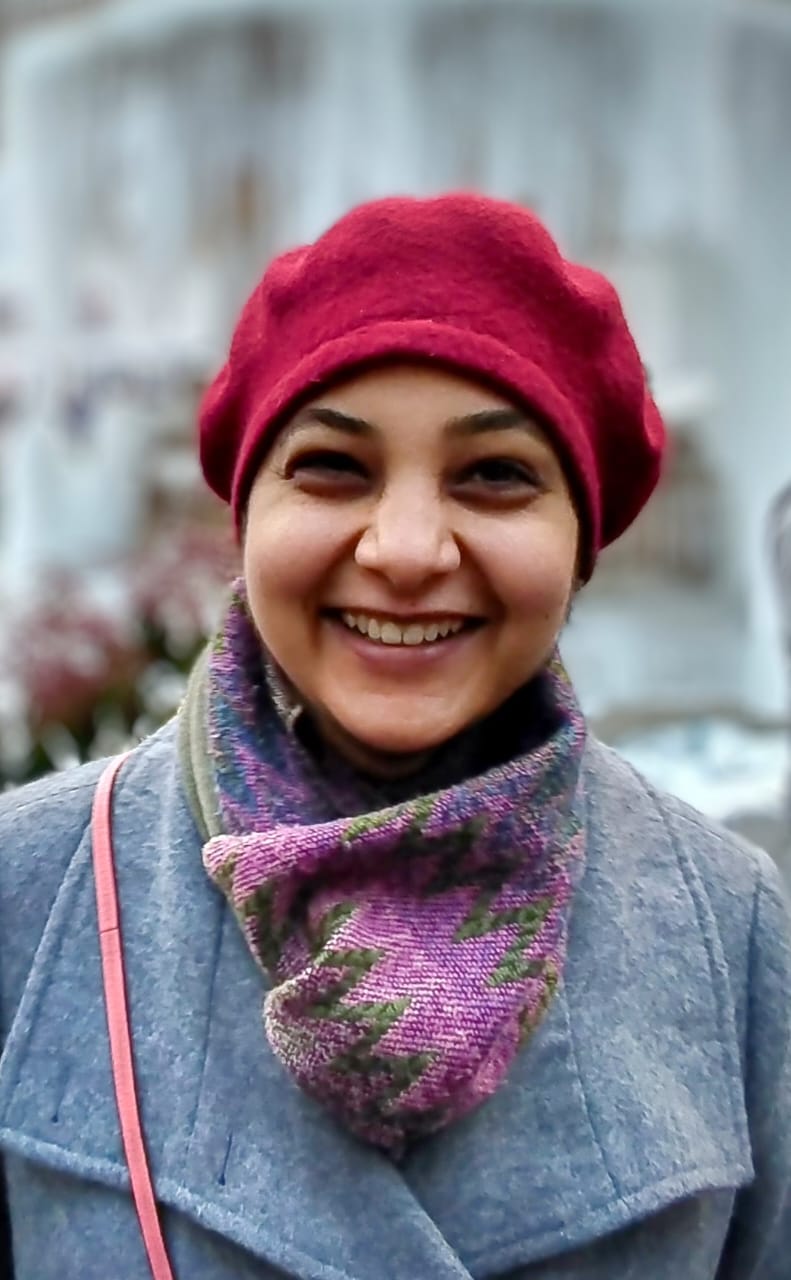
Evolutionary Genetics of Immunology laboratory (EGI lab)
Main goal of the EGI lab is to study the multi-scale biology of host-pathogen interactions. Our research utilizes both organismal and molecular-level approaches to study host immune response and within-host pathogen dynamics. We use Drosophila melanogaster as a model organism to understand how host-pathogen interactions influence cellular and tissue-level phenotypes driving the adaptive evolution of host immunity and correlated response in other life-history traits.
Anannya Bandyopadhyay, Assistant Professor
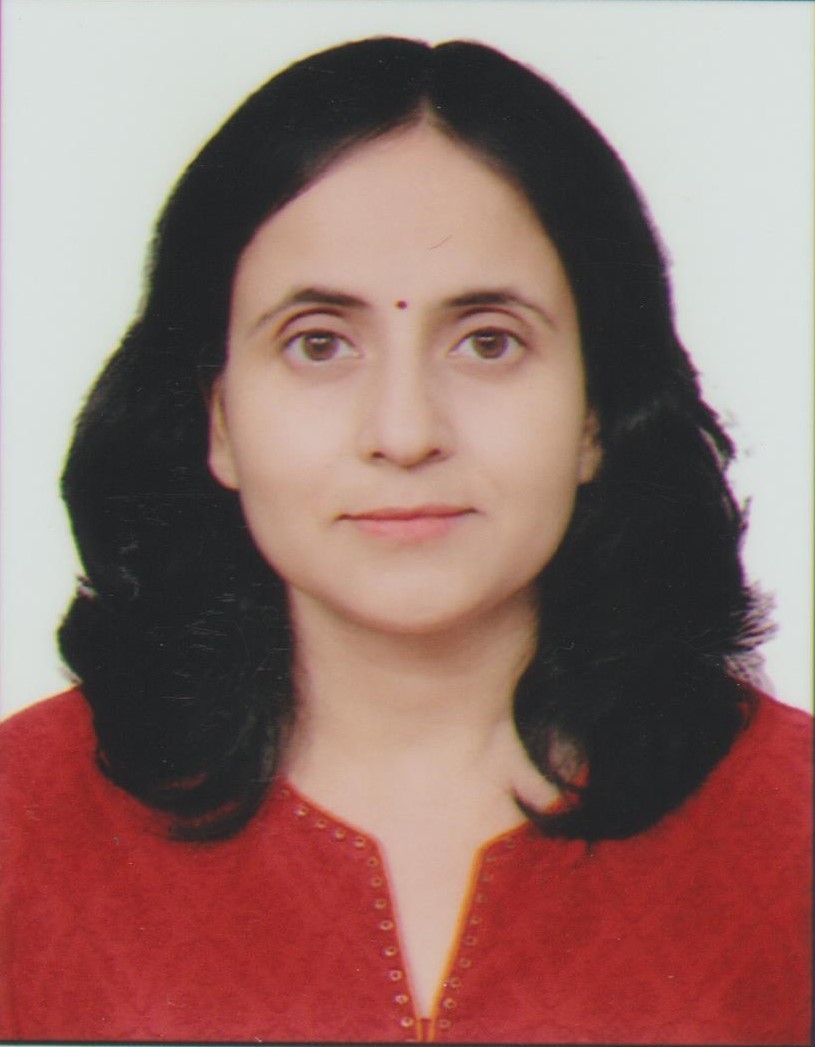
Protein Homeostasis Lab
The broad interest of our lab is to study proteins involved in bacterial cell envelope architecture. Using a combination of computational biology, biochemistry and structural biology, we identify, characterize, and experimentally validate these proteins to advance our understanding of bacterial cell envelope composition and structure, with the goal of identifying potential therapeutic targets.
Swati Singh, Assistant Professor

Infection and Immunity Laboratory
My area of work is infectious diseases in humans and their immune reactions. I focus on immune-evasion mechanisms, evolution of anti-microbial resistance and identification of alternate chemotherapy.
Mamta Tripathy, Assistant Professor
Endocrinology Laboratory
The focus of our research is comparative reproductive endocrinology of vertebrates. We are interested in exploring molecular mechanisms behind hormonal functions and their regulations in animal models like fish, reptiles and mammals.
Amod Kumar, Assistant Professor
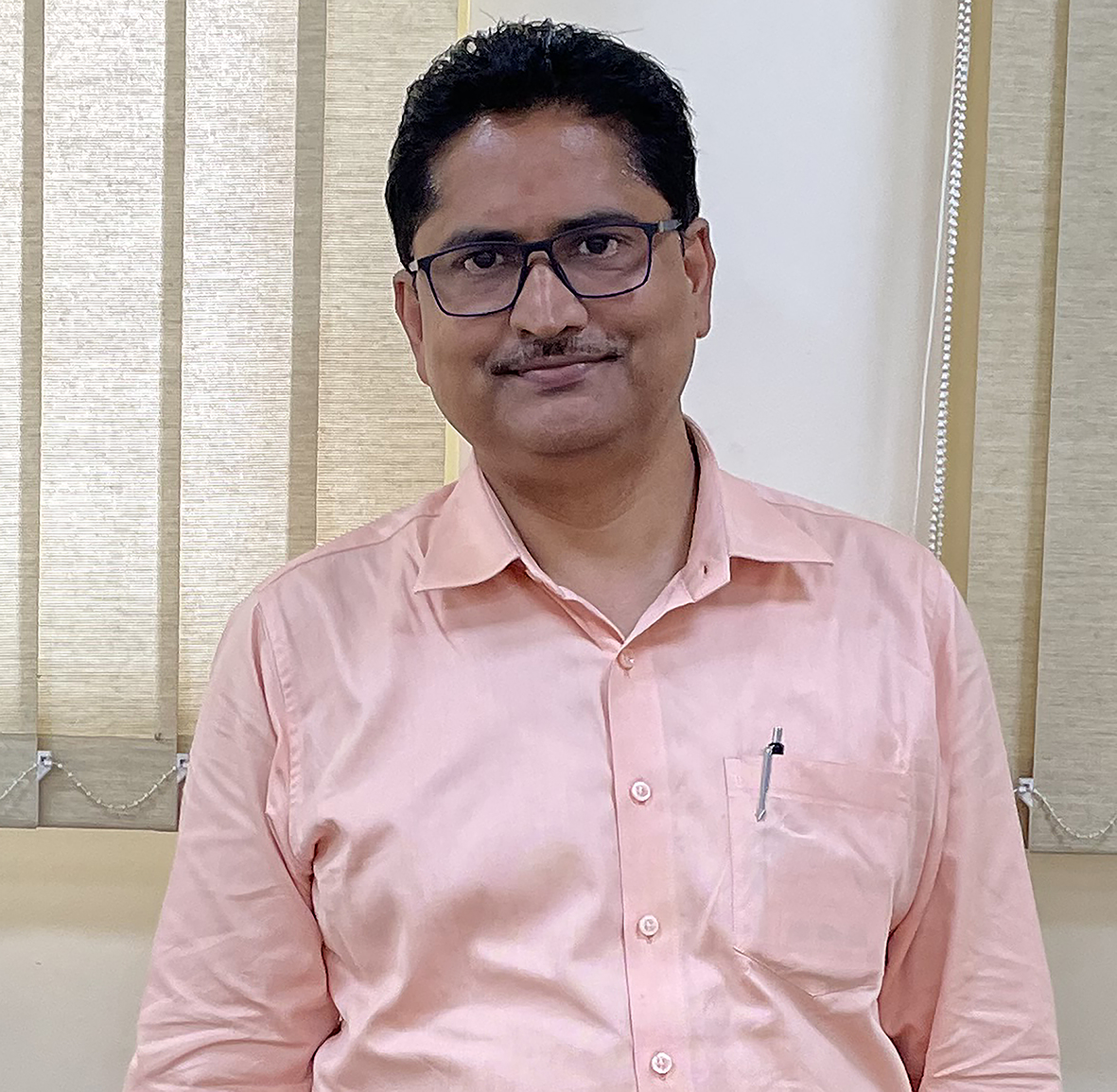
Genetic Toxicology Laboratory
My research in the area of genetic toxicology and environmental mutagenesis is primarily concerned with risk assessment of environmental contaminants using the tools and techniques of cytogenetics, biochemistry and molecular biology for hazard identification. It also involves identification of bioactive components in herbal extracts that have modulatory effect in the mitigation of genotoxicity. To explore gut-microbiome perturbation in response to emerging genotoxic environmental contaminants and their modulation.
Ashish Kumar Singh, Assistant Professor

Molecular Virology Laboratory
Our research is focused on tripartite interaction of begomoviruses (Family – Geminiviridae), insect vector and plants. We are currently studying the process of virus infectivity in the insect vector especially roll of insect proteins on virus infection.
Shashank Kumar Maurya, Assistant Professor
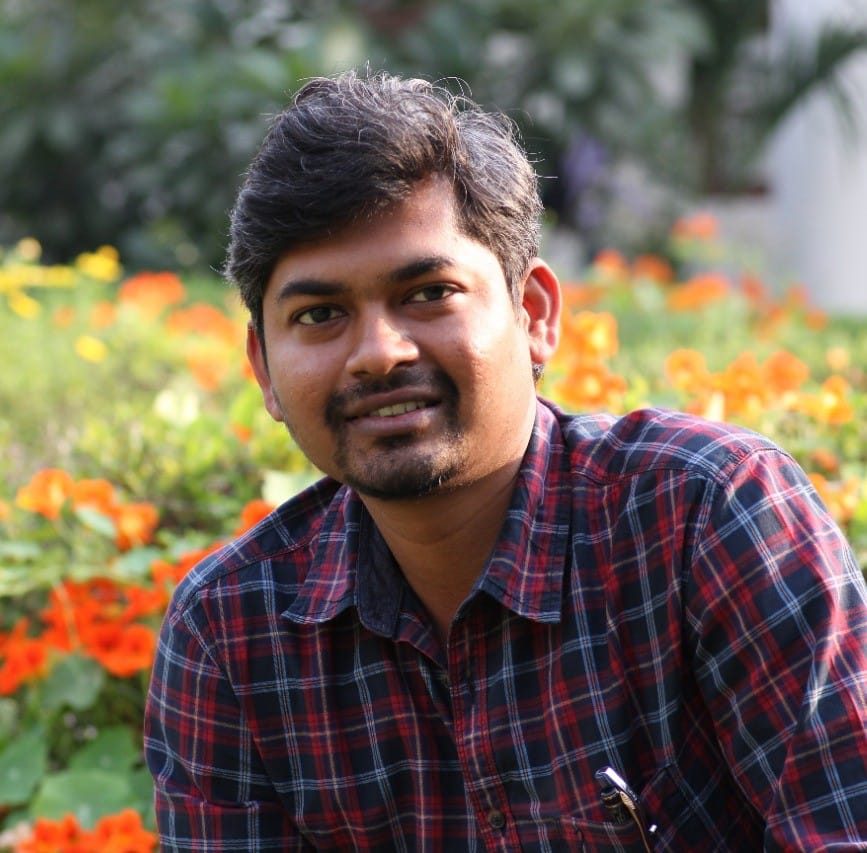
Biochemistry and Molecular Biology Laboratory
We focus on understanding the molecular mechanism(s) of microglia genes/proteins in neurogenesis/neurodegeneration, immunity of the brain, and lymphoma using mouse and cell lines as a model system.
Narender, Assistant Professor
Wound Healing Research Laboratory
We are an active group in the Department of Zoology at University of Delhi. Our aim is to understand wound healing mechanisms in animals and exploit them for translational application using multidisciplinary approach. Our major interest is to understand extracellular vesicles signalling during all phases of wound healing: response, inflammation, proliferation, and remodeling. Some of the areas that we are currently exploring are: 1. Cytoskeletal remodelling during wound healing 2. Impact of extracellular vesicles signalling on wound response 3. Wound-associated diagnostics and therapeutics.
Kamlesh Kumari, Assistant Professor

Computational and Toxicological Lab
My current research interest is to study the toxic impact of nanomaterials and small molecules in invertebrates. Further, explore computational tools to investigate the toxicity in invertebrates. Explore in silico approach to find promising drug like candidates against the non-structural protease of CHIKV and main protease of nCoV.
Pushp Lata, Assistant Professor
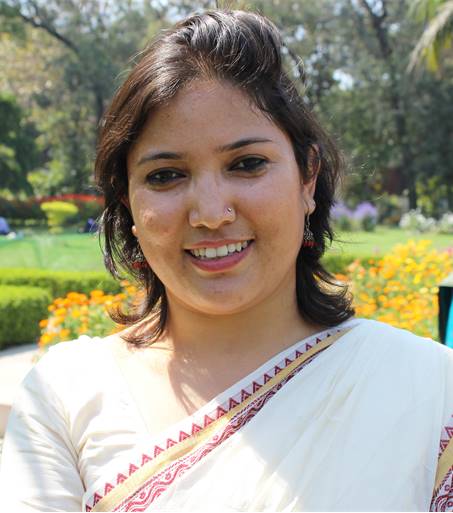
Laboratory of Bioinformatics and Genome Biology
Our group is interested in 1. Investigating Microbial diversity by using culture dependent and culture independent (metagenomic) approaches from different habitats, including human gut, soil, and sediment. 2. Investigating the connections between the human brain and the Microbiome of the human gut (gut - brain nexus)
Re-employed faculty member
Rina Chakrabarti, Professor

AQUA RESEARCH LAB
Recirculating aquaculture: optimization of stocking density of larvae & characterization of ammonia oxidizing microbes. Abiotic stressors: Impact of temperature, dissolved oxygen, visible light & UV-B on the physiology of fishes and its mitigation through enriched diets. Evaluation of immunostimulatory and disease resistance properties of seeds & leaves of Achyranthes aspera in fish in ponds. Mass production of zooplankton using organic manures. Digestive enzyme profiles of carps during ontogenic development. Purification & characterization of trypsin from digestive systems of carps. Large scale production of duckeed Lemna minor & Spirodela polyrhiza in ponds. Formulation of pelleted diets with duckweeds using Twin-Screw Extruder & In vitro digestibility study of prepared diets.
